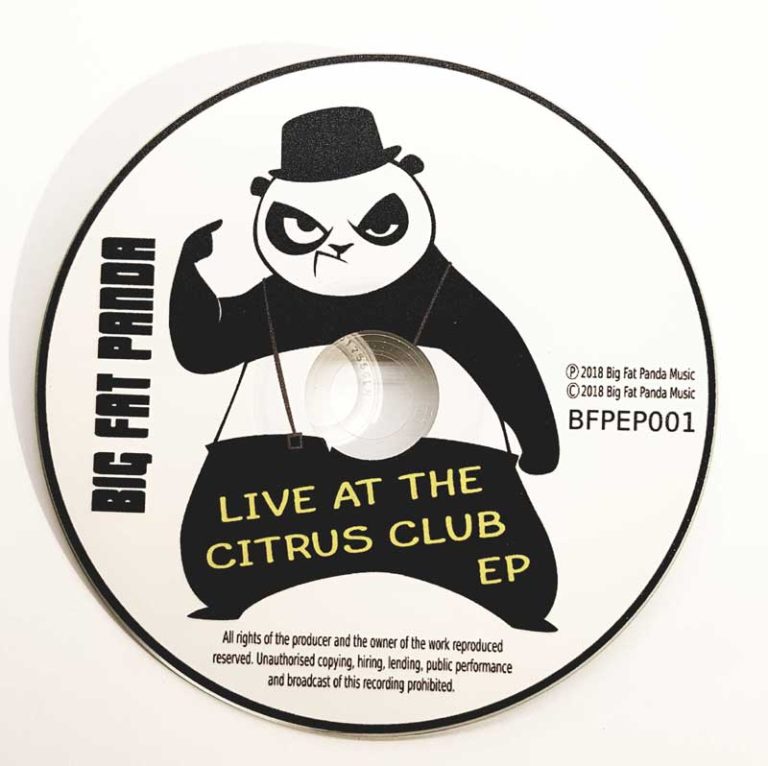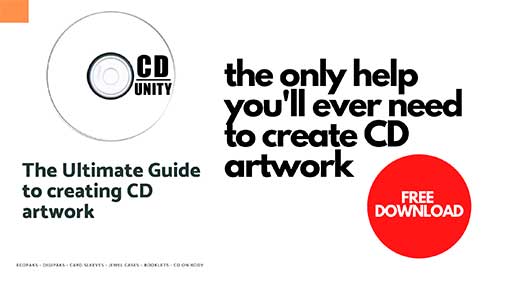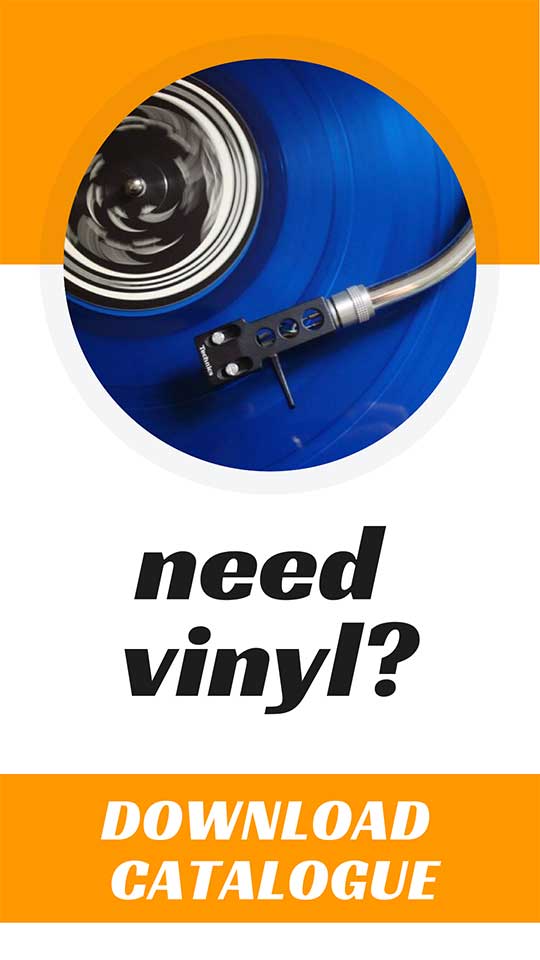CD duplication file formats
| Audio File Format | Description | Sampling Rate | Bit Depth |
|---|---|---|---|
| Compact Disc Audio (CDA) | Standard format for audio CDs used in CD printing or duplication process | 44.1 kHz | 16-bit |
| WAV (.WAV) | Uncompressed audio file format that supports 44.1 kHz, 16-bit, and stereo audio | 44.1 kHz | 16-bit |
| AIFF (.AIF) | Uncompressed audio file format that supports 44.1 kHz, 16-bit, and stereo audio | 44.1 kHz | 16-bit |
What audio file format is used in the CD Duplication process?
Before we go into the details of possible audio formats used in the CD Duplication Process, a general audience should be aware of the Compact Disk’s basic concepts and specifications (CD).
A compact disc is a portable storage medium that can be used to record, store, and playback audio, video, and other digital form data. A standard Compact Disk (CD) has a capacity of 80 minutes of audio or 650 megabytes (MB) to 700 MB of data.

Compact Disc Audio (CDA)
Compact Disc Audio (CDA) is the standard format for audio compact discs (CD) used in CD printing or the CD Duplication process. The format of Compact Disk (CD) is the same that is being used in usual CD players.
The data format and specification for digital audio are all well described in the Red Book.
The Red book was published in 1980, developed by Philips and Sony, and possesses every standard and related information about the CD format.
Red Book Standard
The red book is the standard for audio CDs (Compact Disc Digital Audio System, or CD-DA), an audio content medium digitized at 44,100 samples per second (44.1 kHz), and in a range of 65,536 possible values or 16 bits.
It allows up to 79.57 minutes of digital audio on one disc or 99 tracks. The Red book format became the audio medium standard for decades in CD Duplication Process until the mp3 format was intruded in the late ’90s.
The CD replaced traditional audio tape and was known for its low noise and high digital sound quality.
CD Audio Formats
Audio CDs utilise an audio format that is designed specifically for CD players, as discussed above. Therefore, the audio format used in CD audio does not correlate directly to a computer audio file type used during CD Duplication mechanisms.
However, two file formats are very similar to the CD audio format, since they support the same sampling rate and bit depth. These are WAVE (.WAV) and AIFF (.AIF) formats.
WAVE and AIFF are two types of audio formats that support 44.1 kHz, 16-bit, and stereo audio, the standard audio specification used in the CD Duplication method.
They are encoded with pulse code modulation (PCM), the same encoding used in Compact Disk (CD) audio tracks. Therefore, WAV and AIF files can easily be converted to audio tracks when burned to a CD.
In Windows, audio CD tracks represented as (.CDA files). These are shortcuts to tracks on the Compact Disk (CD), which do not comprise audio data. Instead, CDA files give instructions to the computer which audio track to play on a Compact Disk (CD).
Therefore, if you drop a CDA file to your desktop, it will only add a shortcut. To import an audio file from a CD, you will need to use a Windows Media Player or iTunes program.
Most audio software and programs, including iTunes and Windows Media Player (WMP), can burn other audio file types different than WAVE and AIFF files to CDs.
However, the quality may not be exceptional since the compressed format file must be converted to an uncompressed format file. While the sound quality should not be any good than the original compressed sound, it will not improve when converted to CD-quality audio. Therefore, if you want the highest quality on your audio CD, it is best to burn WAVE or AIFF files.
Hope that was helpful.
Tom
Get ready for your CD release!
Download our FREE pdf guide and be on the sure path to release your CD successfully.
Download pdf guideYou might also like:
Band merch. Top music merch ideas for bands in 2020
Includes PR companies, UK promoters & UK booking agents. Everything you need to put your band on the map.
Hey, I’m Tom, and I’ve been involved in the music industry for over two decades now! I help bands produce top-notch records by lending my expertise in CD manufacturing, music business and mastering. But that’s not all – I also have a soft spot for writing and sharing knowledge with others. I hope you’ll find the content I create enjoyable to read and that it provides some valuable insights into the world of music.






